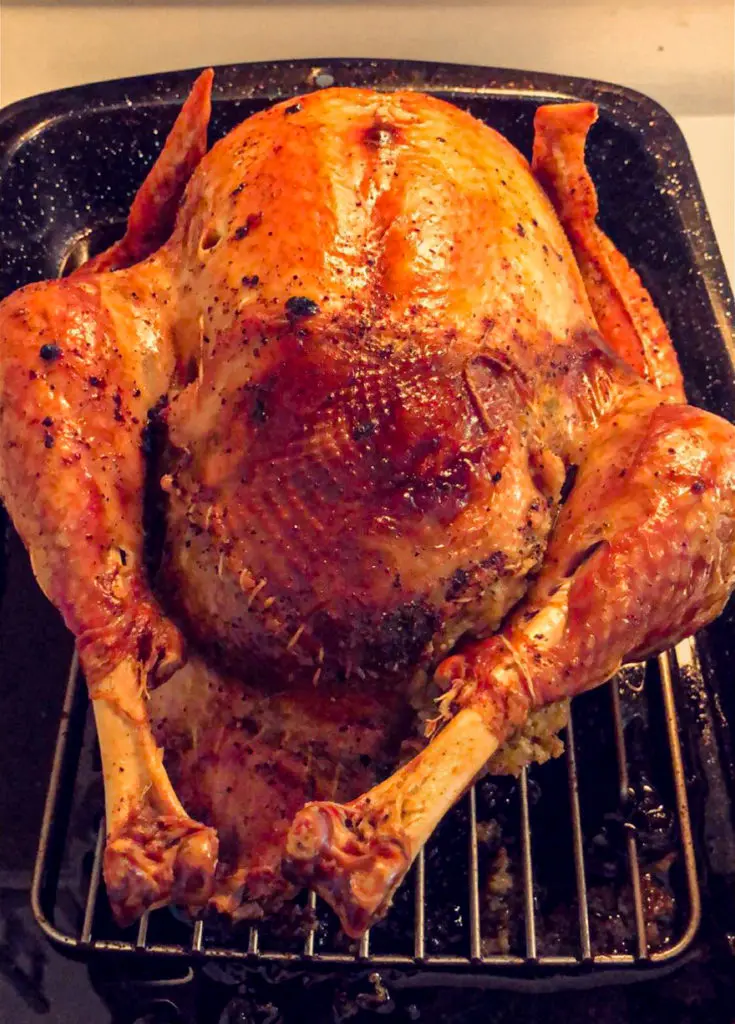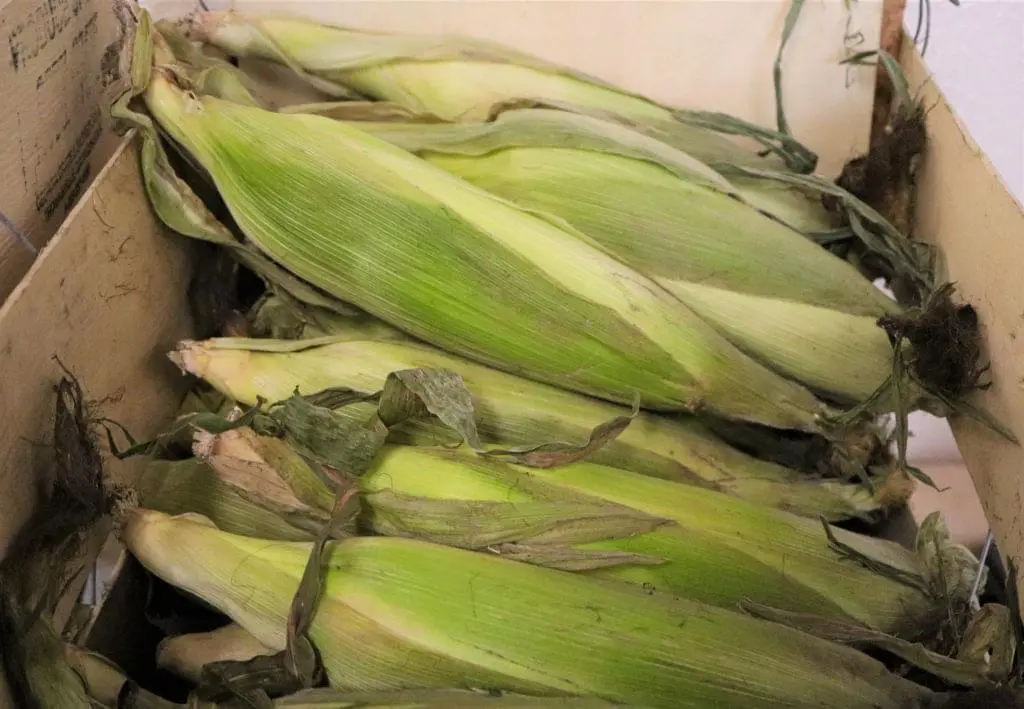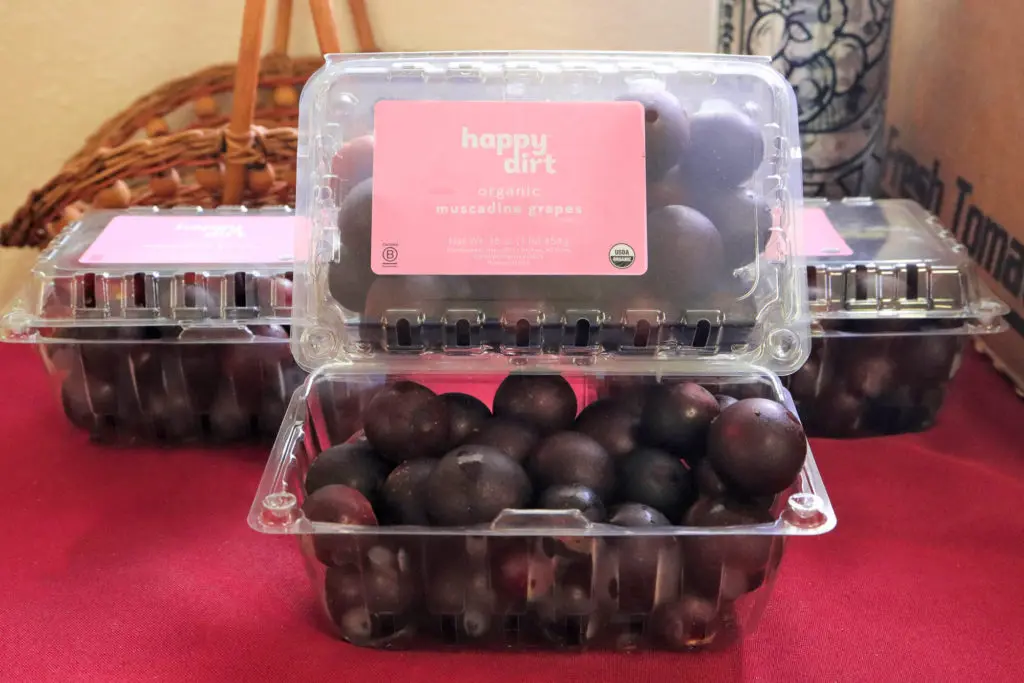by Amanda Rose Newton
Thanksgiving is a time to slow down, spend time with loved ones, and reflect on what we are grateful for. That aside, we all know it’s really about the food!

Everyone has their personal favorite, from cranberry sauce to mashed potatoes to that weird sweet potato casserole with the marshmallows. Thanksgiving-themed sandwiches mimic the flavors of the classic meal, and finding new ways to breathe life into leftovers that last well into Christmas becomes a yearly goal.
The truth is that most of what we associate with Thanksgiving was likely not what was served at that first famous dinner. The majority of what we consume, from potatoes to tomatoes to wheat, is not native to the United States.
So, what exactly was served? Get your eating pants on, as we explore the foods that were on the table and maybe a few new recipes to add to this year’s dinner to make it a truly American meal.
The Real Reason We Celebrate Thanksgiving
We all know the classic story of the pilgrims, but it wasn’t until Lincoln brought it back circa the 1860s did we celebrate it annually as a nation. Times were tough and morale was low due to the civil war, and a feast to give thanks was just the thing to boost sentiments into the new year. It happened to be held the fourth Thursday of the month, a tradition which lives on today.
Hundreds of years earlier, the pilgrims were sitting down to their famous meal and likely indulged in a very different looking meal than what we are used to today. Brace yourselves — there wasn’t a turkey!

We only have 1 or 2 remaining documents that contain notes about what was served and while sides were written about in passing (clearly not the stars of the meal like they are today), the meats were discussed in detail.
On the table, you and your guests would have had your choice of deer, assorted wildfowl (including passenger pigeon), cod, bass, and a variety of shellfish. Since America had no mills at the time to process wheat (or grain for that matter), bread was noticeably absent from the meal, so likely there was a corn-like bread or porridge made from an early corn hybrid called “flint” that had made its way up from Central America in the early 1600s.
This also means that your birds would not have been stuffed, and dare I say there was no pie. The expression “As American As Apple Pie” would be lost on the pilgrims as apples had not arrived yet and there was no flour or refined sugar. As for those side dishes? Not much was written about them, but ethnobotanists can speculate. In addition to maybe cabbage and carrots introduced by the pilgrims, below are a few likely native suspects.
Peas and Beans
Native Americans were growing peas and beans for quite some time, as the legumes had moved up from Central and South America decades before. While not native, they were around during the 1600s and that means the classic history lesson you learned as a kid about Native Americans teaching early settlers how to farm using “The Three Sisters” method was quite possible.
“The Three Sisters” method
For those not familiar, indigenous people are famous for this clever gardening dynamic of growing corn, legumes like peas or beans, and squash together. The corn provides a natural trellis, the beans add nitrogen to the ground, and the squash serves as an important understory.

Both peas and beans would have been served simply or mashed, without seasoning. This could take the place of the beloved potato, which had not crossed over from South America yet. Same with the sweet potato, which has its origins in the Caribbean.
Flint Corn
Flint corn was used for just about everything. Versatile as a textile and food, it was consumed in many ways but the preferred way was ground into porridge or used in a spongey, bread-like pudding. Sofkee, a popular beverage made of corn, would have been on the drink menu.
Nuts
Acorns, hickory, and chestnuts would have had starring roles at the first meal. Used as flour for pancakes, roasted over a fire, and served as an accoutrement to meat dishes, these ubiquitous forgotten nuts are resilient and resourceful. See below for a recipe on how to use native nuts in everyday cooking.
Cranberries
Cranberry lovers, rejoice! Along with blueberries, elderberries, and muscadine grapes, they are the only true berry (note: blackberries, mulberries, and marionberries don’t count as berries) native to the United States, and given the proximity to Plymouth, they were most likely consumed during that famous feast. However, remember there was no refined sugar, so instead of being served as a sweet sauce, they would have been added to meat dishes to provide a tart finish.
Pumpkins
Pumpkins are another South American native that became commonplace in the early 1600s. Like the cranberry, they were likely not served in a sweet fashion due to the lack of sugar.
So no pumpkin pies, cake rolls, or spiced lattes for dessert. Instead, they were probably stewed with vinegar and maybe currants brought over by the pilgrims and served on the side.
Muscadine Grapes
While table grapes like noir and pinot are not native to the United States, we do have our beloved (or hated, depending on which way you swing) muscadine. Muscadines make fine wine, and this was enjoyed by both early settlers and the natives alike.

If you can’t imagine getting through the holidays without booze, you can take solace in knowing that at least there were grapes! Speaking of, the whole not-having-wheat-yet thing means there was no beer present at the first Thanksgiving, though it was written about by those missing it from back home.
A Florida Thanksgiving
While Florida wasn’t on our map yet, it’s fun to speculate what we could eat here that would have been available in the 1620s. In addition to the above, early settlers could have enjoyed pawpaw fruits, mulberries, sea grapes, cocoplums, and guava for dessert to go along with their mains of otter, raccoons, bobcats, and alligator. Yaupon holly tea could be enjoyed along with a small glass of sofkee and perhaps even an acorn griddle cake for dessert.
Acorn Griddle Cakes (Adapted for Modern Times)
Makes 12 to 15
2/3 cup ground acorn meal
1/3 cup flour
1 tsp baking powder
1/3 tsp salt
1 tbs honey
1 egg beaten
¾ c milk
3 tbl butter, melted
Method
1. Combine dry ingredients. Mix egg and milk in a separate bowl
2. Beat into dry ingredients until a smooth batter (like pancake batter) is formed
3. Add butter, if desired
4. Drop batter onto a hot skillet (preferably over an open fire) and bake until browned on the underside.
5. Flip, and repeat.
Sofkee Corn Beverage
Makes 2 quarts
2 quarts of water
1 teaspoon of baking soda
2 cups of white rice
3 tablespoons cornstarch
Method
1. Bring 2 quarts of water to a boil
2. Add 2 cups of rice with the 3 tbs cornstarch
3. Stir to prevent the rice from sticking for 12 minutes
4. Lower heat and add baking soda, stirring until rice is tender.
5. Set and cool until the desired temperature


